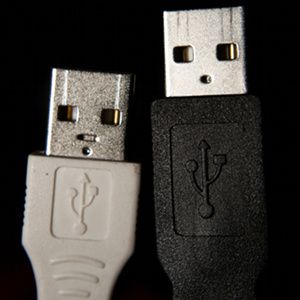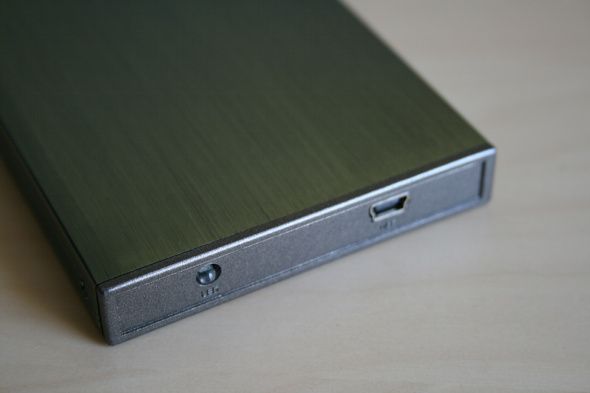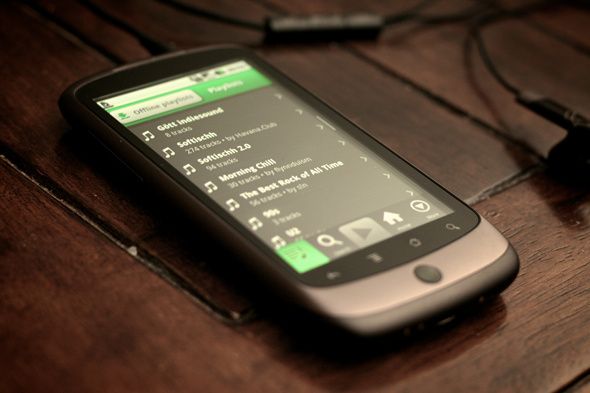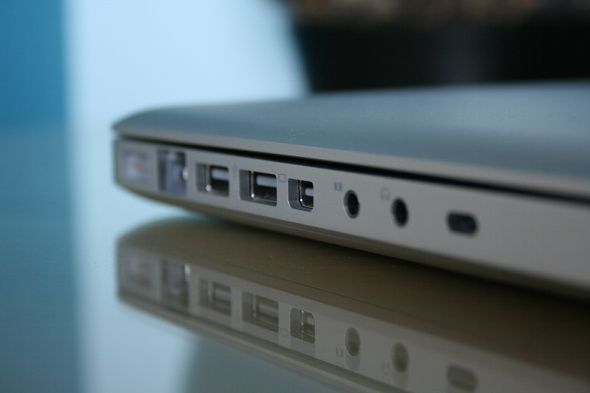It’s been quite a while since USB 3.0 has been included in motherboards, but now we've come to the point where most devices and computers come with the new and improved ports. We all know about the technical data of the new specification, but what does all of that gibberish translate into?
What real reasons are there to use USB 3.0 or actively seek devices which offer the port?
Disk Activities
Due to USB 3.0’s higher data transfer rates, you can make much better use of your external hard drives. With USB 2.0, the bottleneck did not lie in the hard drive itself, but the USB 2.0 interface. With USB 3.0, the hard drive’s RPM speed becomes the new, faster bottleneck. Therefore, you can copy files onto or off your external hard drive much more quickly, and you can even watch full HD videos without having to copy them over to your computer first.
If you also use a high-quality camera, you’ll be able to download all those pictures to your computer much more quickly. You can also synchronize your smartphone with your computer much more quickly. This is great for many situations, such as when you've bought a lot of new music, but you’re in a rush to leave the house. It’s a relatively small benefit, but it makes a big difference when you need it.
Power & Charging
The benefits of USB 3.0 and smartphones don’t stop there - the amount of power which goes through USB 3.0 ports has increased, resulting in shorter charging times. Although the new port allows more power to go through it, it also supports lower voltages, which reduces the amount of power needed for gadgets which may not need much of it in the first place.
Do You Have USB 3.0?
Support for USB 3.0 requires three different components - USB 3.0 ports on your computer, USB 3.0 drivers, and USB 3.0-capable devices. Usually, if your computer has USB 3.0 ports, it will have been advertised when you bought it. In most cases, you can also identify USB 3.0 ports by their blue color, whereas white ports are most likely still USB 2.0. If you have a laptop which only includes USB 2.0, the only way you can upgrade is to buy a new laptop which includes the new ports.
If you have a desktop which doesn't include USB 3.0, you can buy a PCI or PCI-Express card with USB 3.0 ports on it, and install it into your system. Just be sure that you have an open slot available before buying a card.
Drivers
Like most other devices, operating systems need the correct drivers to use them correctly. All major operating systems - Windows, Mac OS X, and Linux, all include frameworks that support USB 3.0. It should work out of the box in Mac OS X and Linux, while in Windows it may work, or it may require an additional driver. Unless your motherboard uses an entirely proprietary chip for the USB 3.0 controllers, you will be fine in Windows 8. In Windows 7 or complex high-end chips, drivers will be required.
Devices
Besides operating system support, the device itself must also be able to support USB 3.0. There are plenty of external hard drives and flash drives which now include USB 3.0 support, but any earlier versions will still run with the USB 2.0 specifications, including the reduced speeds. If you find yourself using a device which is only USB 2.0-capable, the only way to use the newer technology is to upgrade your device.
Conclusion
The new specification drastically increases the transfer speeds, ups the amount of power which can be transmitted, and becomes more energy-efficient at the same time. It’s definitely worthwhile to upgrade to USB 3.0 ports, especially now that more and more devices support it.
If you have a lot of devices which use the old specification and you won’t be buying any new devices anytime soon, there’s no real reason to upgrade just yet as plugging in USB 2.0 devices into USB 3.0 ports doesn’t offer any benefits. However, getting USB 3.0 devices along with USB 3.0 ports can make your life quite a bit easier.
What USB 3.0 devices do you use? When did you, or are you planning to, adopt USB 3.0? Let us know in the comments!
Image Credits: Andreas Brandmaier, William Hook, Lohan Larsson, DeclanTM




